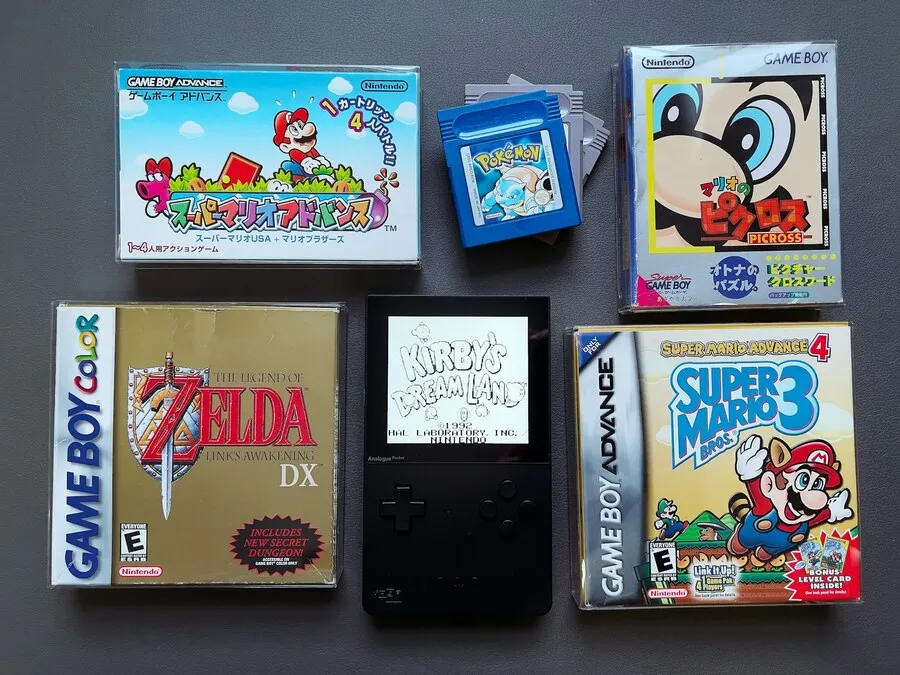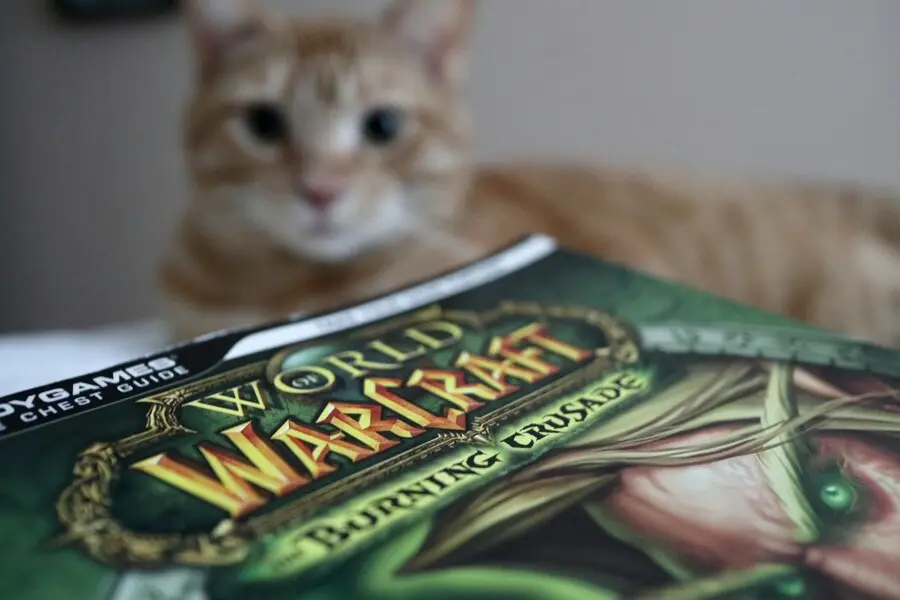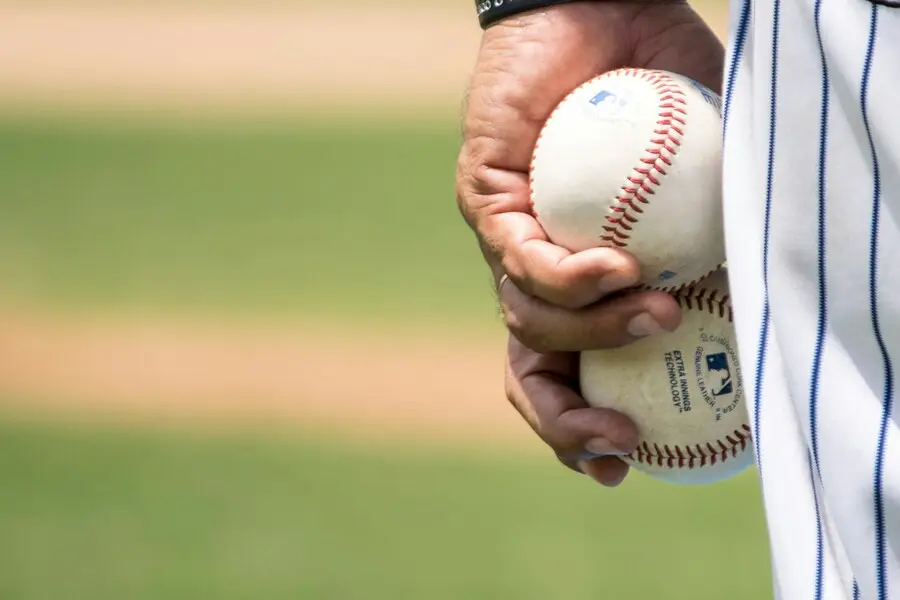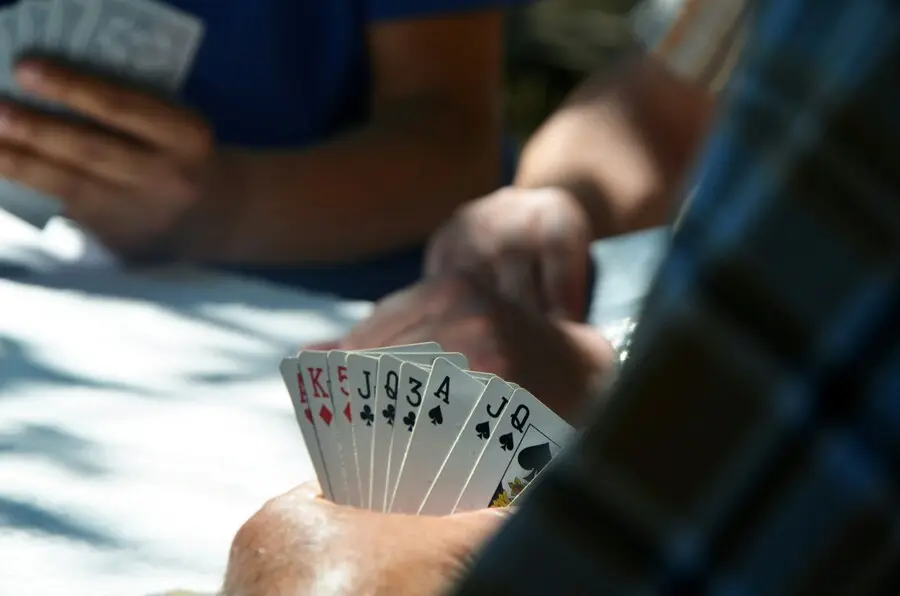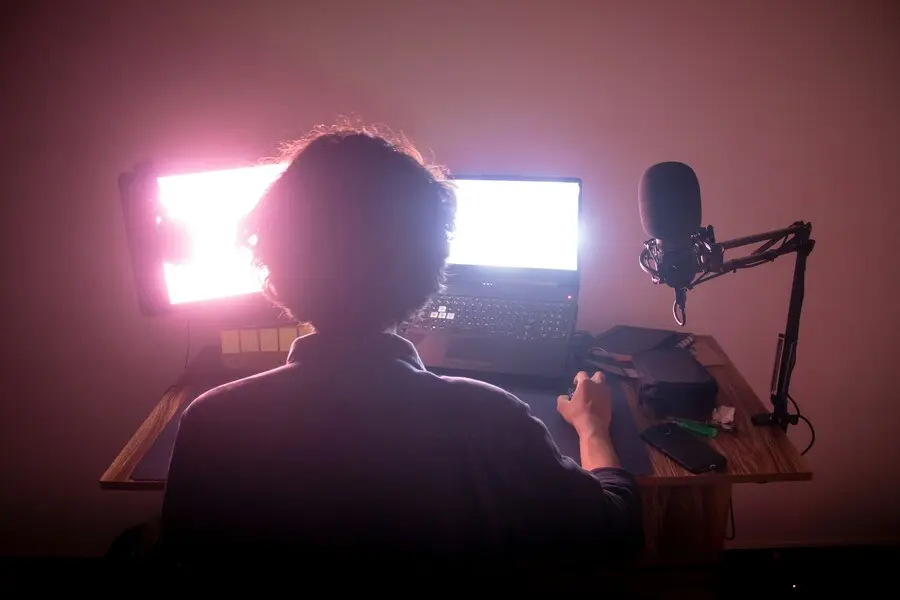Humanitarianism, as strung from the strings of Michael Jackson’s heart, became a recurring theme in his lyrics, his videos and his public persona. Jackson’s songs such as “We Are The World”, “Man In The Mirror” and “Heal The World” convey his interest in humanitarianism, equality and world peace.
In 1985, Jackson co-writes with Lionel Richie, “We Are The World”, which is released worldwide to aid the poor in Africa and the US. Blessed with clever promotion and merchandising WATW is eventually named the biggest selling single of all time. To date, it has sold over 20 million units and raised over $63 million for famine relief.
“Heal the World” is a song from Michael Jackson’s hit album, Dangerous, released in 1991. The song’s music video features children living in countries suffering from unrest. He performs his hit single in the Super Bowl XXVII halftime show with a 35,000 person flash card performance.
He then creates the Heal The World Foundation, a charitable organization designed to improve the lives of children. The organization is also meant to teach children how to help others. This concept of “betterment for all” would become a centerpiece for his Dangerous World Tour.
Jackson’s videos, like his songs, are also well received. His “Man in the Mirror” video offers a montage of footage from various major news events such as the John F. Kennedy and Robert Kennedy shootings, Live Aid, Farm Aid, and notable people including Martin Luther King, Lech Walesa, Mother Teresa, Desmond Tutu …. All the profits from his “Man in the Mirror” single goes to charity.
As with “Man In The Mirror” and “Heal The World”, his song “Cry” reminds us of all the problems in the world. It discusses issues and subjects of war, loneliness, lying, changing the world, depression, suicide, miracles, and faith; it also suggests if everyone pulls together as one, we can all make a change to the world.
However in “Scream”, “Tabloid Junkie”, and “You Are Not Alone”, Jackson directs much of his anger and personal hurt at the media. While in his ballad “Gone Too Soon”, he gives tribute to his young friend Ryan White and the plight of those with aids.
As a response to the September 11, 2001 attacks, Jackson helps organize the United We Stand: What More Can I Give Benefit concert at RFK Stadium in Washington, D.C. The concert, which supports those who loss family members or love ones during the attacks, airs on October 21, 2001 and includes performances from dozens of major artists including Jackson, who performs his song, “What More Can I Give” as the finale.
Given the recurrence of humanitarian and socially conscious themes in Michael Jackson’s body of work, “Earth Song”, a ballad that incorporates elements of blues, gospel and opera, is the first that overtly deals with the environment and animal welfare. Showing images of animal cruelty, deforestation, pollution and war, the video centers around the destruction and rebirth of earth.
Like so many of Jackson’s songs of charity, equality and world peace, “Earth Song” goes on to receive a Grammy nomination.
Source by Larry T Carter



